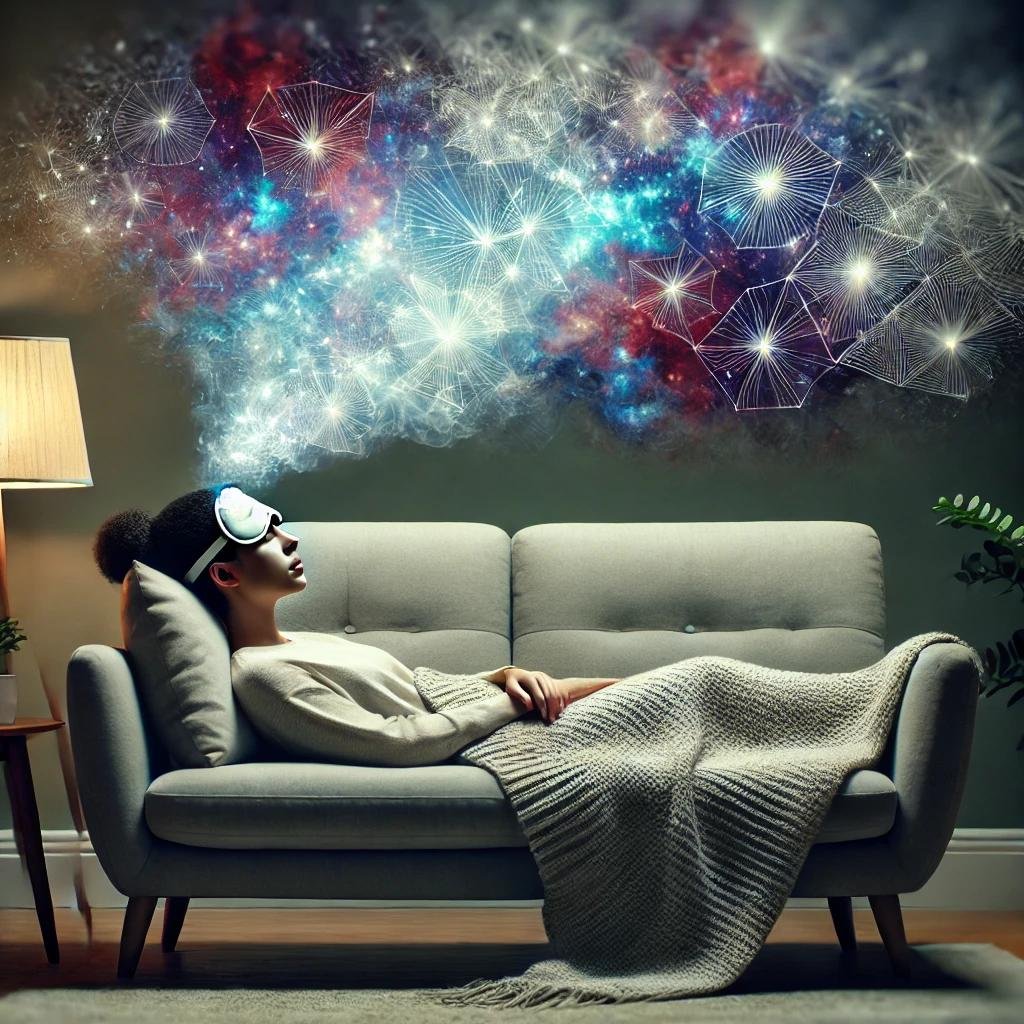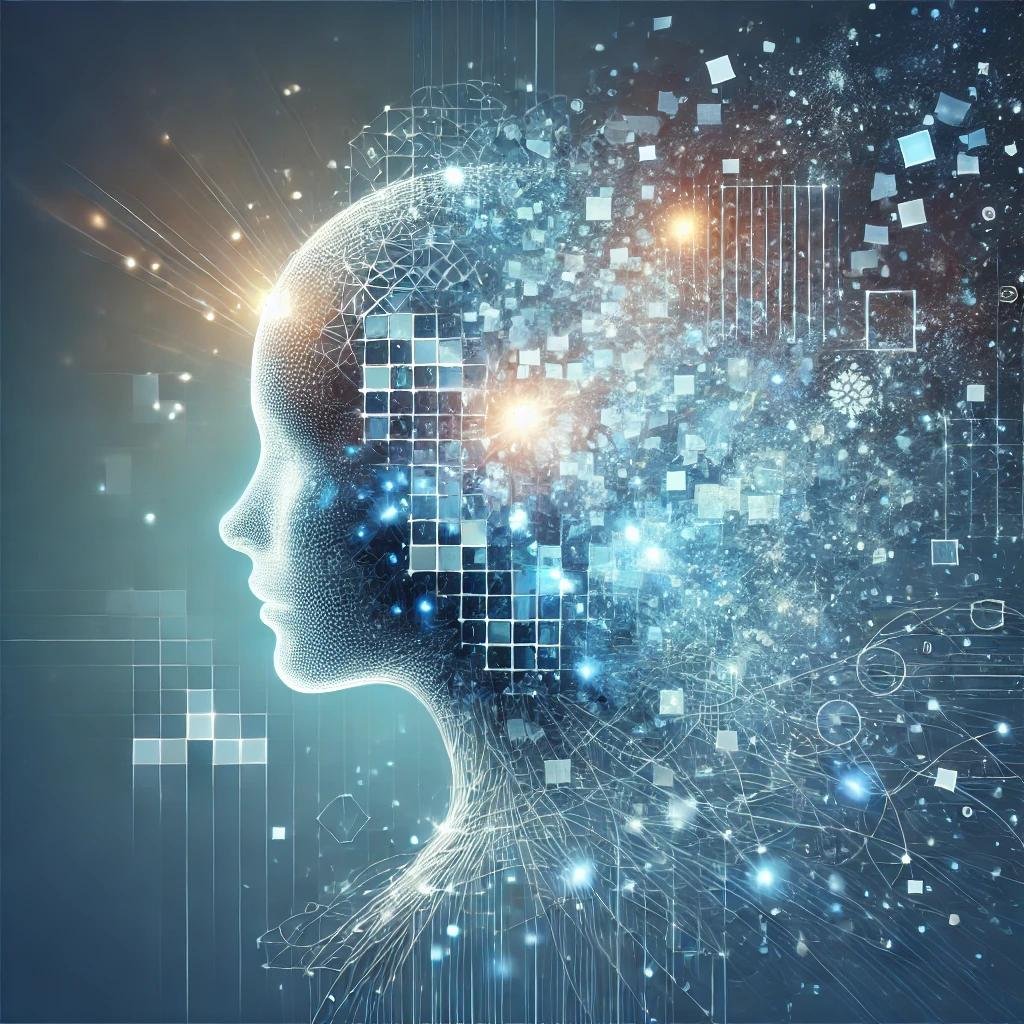The Psychedelic Effects of Ketamine in Mental Health Treatment
As a physician specializing in ketamine therapy for depression, anxiety, PTSD, and chronic pain, I’ve had the privilege of witnessing the transformative power of this unique medication. While ketamine’s primary mechanism in mental health treatment involves the modulation of glutamate and NMDA receptors in the brain, it’s the subjective experiences, often described as "psychedelic effects", that fascinate and sometimes surprise patients the most.
These effects can vary widely, from a profound sense of detachment to deeply introspective and even euphoric moments. As part of my practice, I ensure patients are well-informed and prepared for these experiences, which can play a vital role in their therapeutic journey.
The Dissociative Experience
Many patients describe ketamine as inducing a sense of dissociation, a state where they feel detached from their body or surroundings. While this might sound alarming at first, for many, it provides a temporary escape from the weight of their mental health struggles.
For instance, one patient, whom I’ll call "Laura," recounted her first session as "floating in a sea of stars." She described feeling as though she was an observer of her own mind, able to reflect on past traumas without the usual emotional pain. This dissociative state often allows patients to approach deeply buried memories or emotions from a safer, less reactive vantage point, which can be incredibly healing.
Vivid Visuals and Altered Perceptions
Some patients report vivid visual experiences, akin to dreaming while awake. These are not hallucinations in the traditional sense but rather alterations in perception. For example, "James," a patient with treatment-resistant depression, described seeing intricate patterns of light and color during his session. These visuals, he explained, mirrored a sense of interconnectedness and hope that had been missing from his life for years.
Other patients might perceive time differently, reporting that minutes feel like hours, or vice versa. This time distortion often contributes to the reflective nature of the experience, as patients feel they have more "space" to process their thoughts.
Emotional Insights and Breakthroughs
Ketamine often brings about emotional clarity. Patients like "Maya," a survivor of PTSD, have described sudden moments of insight during their treatment. "It felt like my mind was showing me a different way to look at my trauma," she said. "Instead of feeling trapped by it, I could see how it shaped me, but I didn’t feel broken anymore."
This emotional shift can be profound. Ketamine appears to help patients reframe their experiences, shedding light on pathways for healing that previously felt inaccessible.
Other Possible Effects
While many of the effects are therapeutic, ketamine can also produce sensations that are disorienting or uncomfortable, particularly for new patients. Some common experiences include:
Nausea or dizziness: This is why I always recommend avoiding heavy meals before a session.
Feelings of confusion: Some patients feel "lost" during their treatment, which is why a calm and supportive environment is crucial.
Euphoria or peace: While not universal, some patients report feeling a profound sense of contentment or even spiritual awakening.
These effects are typically transient and subside as the ketamine wears off. The dissociative state, while central to ketamine's experience, is just one part of its therapeutic potential.
"Defragmenting the Mind": A Common Metaphor
Another fascinating experience shared by many patients is the sensation of their mind being "wiped clean" or "reorganized," much like defragmenting a computer. This effect, often described in vivid metaphors, reflects the brain's unique response to ketamine therapy.
One patient, "Ethan," who struggled with chronic anxiety, described the experience like this: "It felt like someone was sorting through the chaos in my head, filing away the clutter and making room for clarity. When the session ended, my thoughts were quieter, like my mind had been reset to a calmer baseline."
This "mental defragmentation" can be a deeply therapeutic experience, providing a reprieve from overthinking and racing thoughts. Patients often emerge from these sessions feeling lighter, with a newfound ability to focus on the present moment without the usual mental noise.
Such experiences underscore the transformative potential of ketamine, not only as a biochemical treatment but as a means of resetting the mind and enabling patients to approach life with a renewed sense of balance and control.
“Ego Dissolution”
Ego dissolution, often described as a core aspect of many psychedelic experiences, refers to the temporary loss of one’s sense of self or identity. During this state, individuals may no longer feel bound by their usual notions of "I" or "me." Instead, they may experience a profound sense of unity with the universe, nature, or even humanity as a whole.
What Does It Feel Like?
Patients describe ego dissolution in various ways:
"I felt like I was no longer a person, just an awareness floating in space."
"There was no boundary between me and the world—I was everything, and everything was me. I realized my non-duality."
"It was like being free from all my labels, roles, and worries, even if just for a little while."
This experience can initially be disorienting or even unsettling. However, many patients find it deeply liberating and transformative.
The Benefits of Ego Dissolution
Perspective Shift:
By stepping outside of their identity, patients can gain a new perspective on their struggles, seeing them as smaller or less overwhelming in the grand scheme of life.Breaking Negative Thought Patterns:
For individuals trapped in cycles of self-criticism or rumination, ego dissolution can offer a much-needed break from these patterns, allowing the mind to reset.Increased Compassion and Empathy:
The sense of interconnectedness during ego dissolution often fosters feelings of compassion, not only for others but also for oneself. Patients frequently report feeling less judgmental and more accepting after the experience.Reduced Fear of Death:
By experiencing a state where the self dissolves, patients struggling with existential anxiety or fear of death may find a sense of peace or acceptance.Enhanced Therapeutic Insights:
In the absence of ego, patients may confront deeply rooted emotions or memories with less resistance, making it easier to process and heal from past trauma.
Ego dissolution, while challenging, can open doors to healing and self-discovery that might otherwise remain locked. When supported in a safe and therapeutic setting, this experience can be a pivotal step toward greater mental clarity and emotional well-being.
"Journey to Another Dimension"
Many patients describe feeling as though they’ve been transported to another world or dimension. These experiences often have a surreal, dreamlike quality.
Example: "Sophie," a patient coping with PTSD, said, “I felt like I was walking through a glowing forest of light. It was peaceful, and for the first time in years, I didn’t feel afraid of my own thoughts.”
This sense of “traveling” can provide an escape from the overwhelming nature of daily life, creating a safe mental space for reflection.
"A Sense of Oneness"
Some individuals report feelings of unity and interconnectedness, often described as spiritual or transcendent. This can manifest as a connection with nature, humanity, or the universe itself.
Example: "Carlos," who had struggled with chronic pain, said, “It felt like I was merging with the world around me. There was no more me, no more pain, just everything flowing together in harmony.”
These moments often help patients see their challenges from a broader perspective.
"Life as a Movie"
Patients sometimes describe the experience as if they are watching their life unfold on a screen, detached yet deeply aware.
Example: "Jenna," a patient with severe depression, explained, “I saw my life playing out like a movie. It helped me understand why I’ve been stuck in certain patterns and where I could change things.”
This cinematic perspective can be incredibly cathartic, giving patients insights into their behavior or decisions.
"Time Distortion"
Patients frequently report alterations in their perception of time, feeling as though hours have passed in minutes, or vice versa.
Example: "Miriam," who had been living with severe burnout, said, “I felt like I was in a timeless space where I could finally rest. It gave me a break from the constant pressure of time.”
This sensation can be a welcome relief for those feeling overwhelmed by the fast pace of life.
"A Cosmic Perspective"
Some patients describe experiences of seeing the “big picture” of existence, sometimes involving metaphors of the universe, stars, or celestial imagery.
Example: "Eli," recovering from grief, described, “I felt like I was floating in space, seeing everything at once—the good and the bad. It reminded me that life is short but beautiful.”
This perspective often helps patients reframe their struggles and find meaning in their lives.
"The Observer Effect"
Patients may feel as though they are stepping outside their own consciousness, observing their thoughts, emotions, and memories with clarity and detachment.
Example: "Nina," who struggled with social anxiety, remarked, “It was like I was watching my thoughts without judgment, just understanding them for the first time.”
This self-awareness can be profoundly healing, allowing patients to confront fears or insecurities without being overwhelmed.
The Role of Setting and Support
One of the most important aspects of ketamine therapy is ensuring the setting is safe and supportive. Patients undergoing these experiences often share that knowing someone is there to guide them, a physician, therapist, or trained staff, makes all the difference. Additionally, if being taken at home, it is important to remember to have a sitter, someone safe and present to provide physical and emotional support.
Maximizing the Ketamine Experience
To fully benefit from ketamine therapy, it’s essential to create a calming and distraction-free environment. Use an eye mask to reduce visual distractions and focus inward, pair it with peaceful ambient music to set a soothing tone, and ensure your cellphone is on airplane mode to avoid interruptions. Choose a safe, comfortable setting, such as a quiet room with soft lighting and a bed or couch, to help you feel secure. These adjustments can significantly enhance the therapeutic potential of the experience, allowing for deeper introspection and emotional growth.
Ketamine is not just about the "trip", it's about integrating the insights gained during those sessions into a broader, more meaningful context. By setting goals, journaling your experiences, and pairing them with talk therapy, you can use the treatment as a catalyst for improved self-care and personal growth.
The Bigger Picture
Ketamine is not a silver bullet, but it represents a revolutionary option for those who have exhausted other avenues of treatment. The "psychedelic effects" are more than just fascinating phenomena, they are windows into the mind, offering perspectives and insights that can break the chains of depression, anxiety, and PTSD.
As a physician, I continue to be humbled by the courage of my patients. Watching them face these intense, sometimes challenging experiences and emerge with renewed hope is a reminder of why I do what I do.
If you’re considering ketamine therapy, know that the effects are as varied as the people who seek them. It’s not just about dissociation or visuals, it’s about finding a path forward, often in the most unexpected ways.
All patient names have been fictionalized to protect anonymity.


